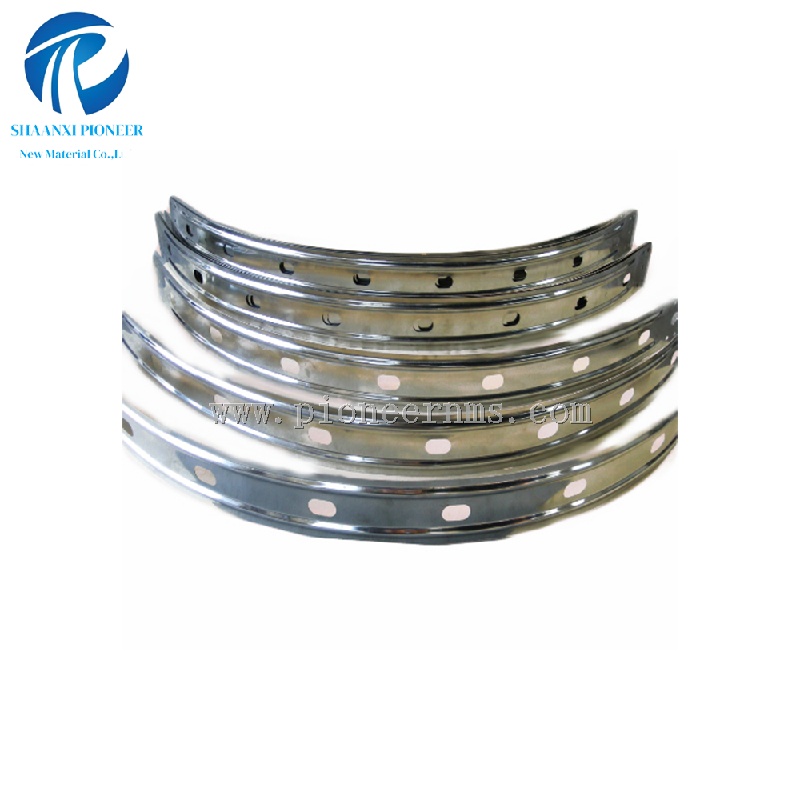Evaluating Performance, Advantages, and Ideal Applications for High-Temperature Processes
In high-temperature industrial applications, selecting the right heating element is critical for efficiency and longevity. Molybdenum and graphite are two widely used materials for heating elements, each offering distinct advantages depending on operational requirements. Below, we compare their key properties to help you make an informed decision.
1. Temperature Resistance & Stability
-
-
Melting point: 2,623°C – ideal for ultra-high-temperature processes (e.g., semiconductor crystal growth, >1,600°C).
-
Maintains strength under extreme heat but oxidizes rapidly above 600°C in air (requires vacuum/inert gas).
-
-
Graphite:
-
Sublimates at 3,650°C but begins oxidizing at 500°C in air (needs protective atmosphere).
-
Superior thermal shock resistance; less prone to cracking during rapid temperature changes.
-
2. Mechanical Strength & Durability
-
Molybdenum: High tensile strength, suitable for structural components (e.g., furnace racks). Brittle at room temperature; sensitive to mechanical stress.
-
Graphite: Softer and more machinable but fragile under mechanical load. Prone to wear in abrasive environments.
3. Electrical & Thermal Conductivity
-
Molybdenum: Excellent electrical conductivity (∼30% IACS), ensuring efficient heating. Lower thermal expansion reduces deformation risk.
-
Graphite: Higher resistivity allows uniform heating at lower currents. Exceptional thermal conductivity (anisotropic), ideal for rapid heat transfer.
4. Cost & Maintenance
-
Molybdenum: Higher material cost but longer lifespan in controlled environments. Replacement is costly due to precision requirements.
-
Graphite: More affordable upfront but may degrade faster in oxidizing conditions. Easier to machine and replace.
5. Best Applications
-
Choose Molybdenum for:
-
Vacuum/inert-atmosphere furnaces (e.g., sapphire crystal growth).
-
High-strength, non-reactive components in aerospace or nuclear industries.
-
-
Choose Graphite for:
-
Rapid-heating/cooling cycles (e.g., CVD coating, metal heat treatment).
-
Cost-sensitive applications with protective gas atmospheres.
-
Conclusion:
Molybdenum excels in ultra-high-temperature, high-strength scenarios with controlled environments, while graphite offers versatility and cost efficiency for dynamic thermal processes. Your choice depends on temperature needs, atmosphere, and budget.
For expert guidance on heating solutions, Contact Us today!
Post time:Sep-25-2020





